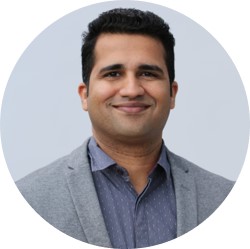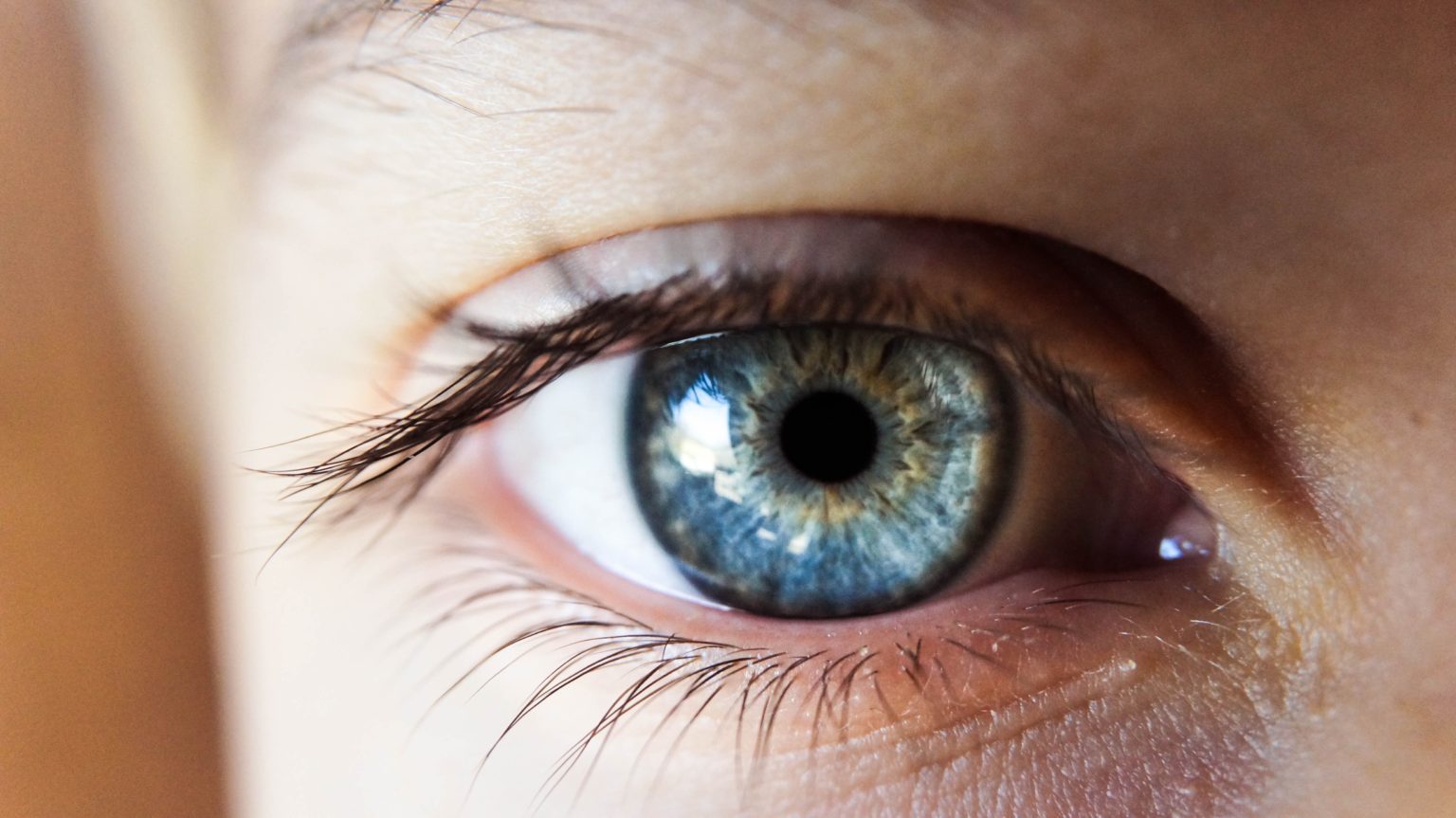Interview with Ravi C Bakaraju - Vision and Technology

Associate Professor Ravi C Bakaraju
Founder and Chairman, nthalmic GROUP (Australia) | Conjoint appointee, University of New South Wales Australia
Associate Professor Ravi C Bakaraju is the Founder and Chairman of nthalmic group of companies. Ravi is an accomplished translational researcher who is a lead inventor on several granted patents and active patent applications around novel lens designs and concepts spanning myopia control technology, presbyopia, astigmatism, and other vision correction platforms. The Research & Development team led by Ravi has developed innovative vision correction products that have translated into multiple commercial licenses for his previous employer. Ravi’s outstanding scientific achievements, leadership, and visionary thinking lead his path into the creation of nthalmic. Ravi is a recipient of numerous international awards; some notable ones include American Optometric Foundation’s William Ezell Fellowship in 2009; the runner-up for 3M Eureka Prize for Emerging Leader in Science in 2014 Australia; the prestigious Irvin M. and Beatrice Borish outstanding young scientist award from the American Academy of Optometry in 2015; and an outstanding achiever recognition from L.V. Prasad Eye Institute Alumnus, India in 2016.
BT
You started your academic journey in “Optometry & Vision Science” at Birla Institute of Technology and Sciences, Pilani (India) followed by earning your PhD in Optometry and Vision Sciences from the University of New South Wales (Australia). How did you get introduced to Optometry & Vision Science and what has kept you interested?
RB
My introduction to the field of Optometry & Vision Sciences was indeed a happy accident. After completing 10+2, like millions of other Indian students, I aspired for a seat in the Indian Institute of Technology and nose-dived twice. Sometime in late 2001, I encountered a brochure disclosing information about a vision science program offered by Birla Institute of Technology & Sciences in conjunction with a world-class eye institute (LVPEI).
Based on the information at hand, I mistakenly interpreted this path to would lead me into the field of optical physics, and was hoping to amalgamate it with some mathematics-based fun. However, soon realized that the program involves heavy-duty ophthalmic biology, physiology and core clinical science with little optical physics components.
Within in no time, I fell in love with the curriculum and started streamlining my efforts to set myself a platform on ophthalmic biophysics, a blend of the optical physics I loved and ophthalmic clinical sciences that the program offered. Soon after graduation, I moved to Sydney Australia to pursue my PhD at the University of New South Wales to work on advanced optics and modelling contact lenses.
Professor Holden, an influential figure of optometry, has had a significant role to play in shaping my career during and post PhD years.
BT
Contact lenses will soon leverage embedded vision technology to incorporate features that would have seemed like science fiction not too long ago – drug delivery, blood sugar monitoring, etc. What are some of the possibilities that the future holds in this area of smart contact lenses?
RB
Smart contact lenses are a new ‘breed’ of wearable medical devices that leverage technology platforms like micro-computers, information/communication systems and other electronic interfaces to offer a versatile, information-age solution for a modern human.
The idea of smart contact lenses is more than a decade old and they are being developed by various applied researchers, established commercial players, as well as innovative entrepreneurial groups across the world. These smart contact lenses are aimed at a gamut of applications spanning the replacement of conventional vision correction devices, ophthalmic drug delivery, ocular and general health monitoring, as well as virtual and augmented reality applications.
Recall the Google-glass hype, the much-awaited project that was called-off after a decade of significant R&D efforts. It received significant criticism, particularly around the intrusion of privacy. Now imagine all the applications that Google Glass could offer, plus a basketful of additional possibilities enabled by the direct contact of the device with the ocular surface, packed into a contact lens. Very exciting indeed, although very attractive on the surface, one should not underestimate that these smart contact lenses come with additional technical and regulatory challenges when compared to spectacles.
Theoretically speaking, smart contact lens technology can offer many solutions, for example, non-invasive glucose monitoring, intraocular pressure monitoring, programmed drug delivery for debilitating eye-diseases, autofocusing for correction of presbyopia, dry-eye management, gaming applications, augmented reality and many more. Although the media may sensationalise that the use of such smart devices, especially for science-fiction-like applications, are already within arm’s reach, the reality is that these applications are still in their infancy. If there will be an affordable, safe, and successful consumer product on the shelf shortly, remains to be seen.



I would like to offer the comfort that failing to get through competitive IIT entrance exams is not the end of the world, and there will be many more opportunities coming students way who keep their attitude and appetite for learning. Each pupil has to focus on pivoting themselves to seize the opportunity when it arises.
BT
Are there any challenges that you foresee with the adoption of these smart contact lens technologies?
RB
Although Google Glass was not a successful product adopted by the masses; reducing to practice the idea of a compact computer that responds literally to an individual’s blink and gaze action is truly mesmerising. One of the significant roadblocks that Google Glass encountered was the question of the etiquette of using such a device in public. In that light, there might still be a niche for smart contact lenses as wearable electronics, which removes the question of wearing something awkward on ones’ face.
Although the smart contact lenses may get their way to win the cosmesis race against the smart glasses, the technological challenges to have a functional smart contact lens will demand a titanic effort. Firstly, a supply of the energy to all the sensors that one may have on the wish list is required and to manage the limited real estate to embed these into the matrix of the lens is not a trivial task. In addition to the energy requirements, the information and communication infrastructure needs to be housed in a relatively small region (i.e. within a diameter of 14 mm approximately); the battery infrastructure should not only store the energy for seamless functioning of the device but also can charge wirelessly, which demands some sort of super-capacitors with antennae; and lastly the prerequisite of an advanced material housing all the technology components and yet provide good quality optical transmission and more importantly oxygen transmission for the eye to breathe with the lenses on.
The Mojo lens is the latest celebrity addition to the smart contact lens family of vowed products. The claims are at another level, where the lenses feature a micro-computer, a solid-state battery, and a stellar high-resolution micro-LED display with 70,000 pixels over a 0.5mm region. The initial prototype is aimed at generating simple words, numbers and signs that are overlayed onto real-world objects.
The competitive landscape analysis for the smart contact lens market estimates mouth-watering figures that will surely lure more and more investors to take the plunge, accelerating and advancing the technology from conception to fruition. Although all these solutions are theoretically feasible by miniaturisation, we may not see them as market-ready products anytime soon.
BT
What advice do you have for students who would like to enter the Optometry field but are unsure about its future?
RB
I encourage young students to break away from the conventional thinking of grouping educational disciplines into engineering or medical sciences, instead to engage themselves in new ways of thinking, learning and problem-solving. I would like to offer the comfort that failing to get through competitive IIT entrance exams is not the end of the world, and there will be many more opportunities coming students way who keep their attitude and appetite for learning. Each pupil has to focus on pivoting themselves to seize the opportunity when it arises.
To read more about Associate Professor Bakaraju’s work, please click here.
You can also find Associate Professor Bakaraju on LinkedIn.
For questions, suggestions or feedback, please contact us or email us at support@biomedicaltimes.com.